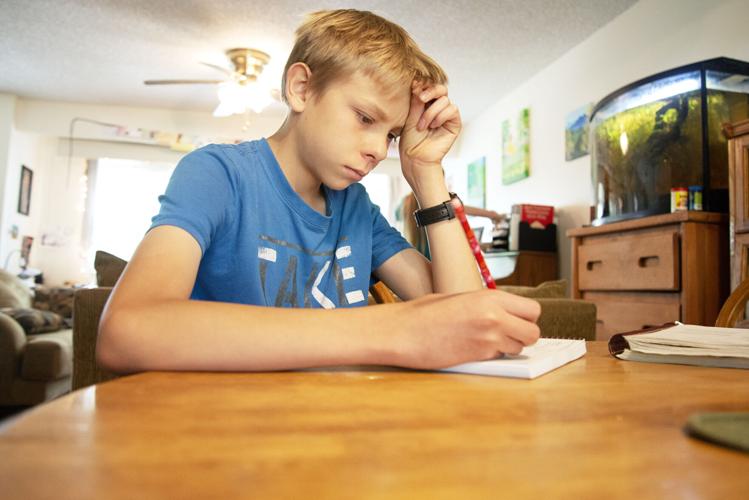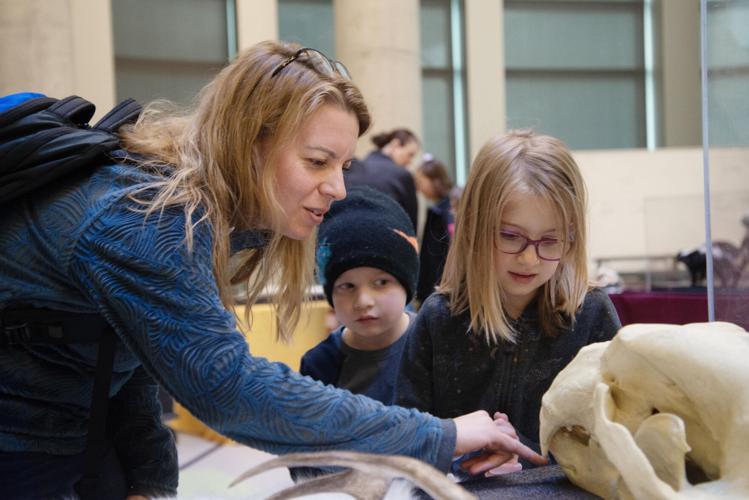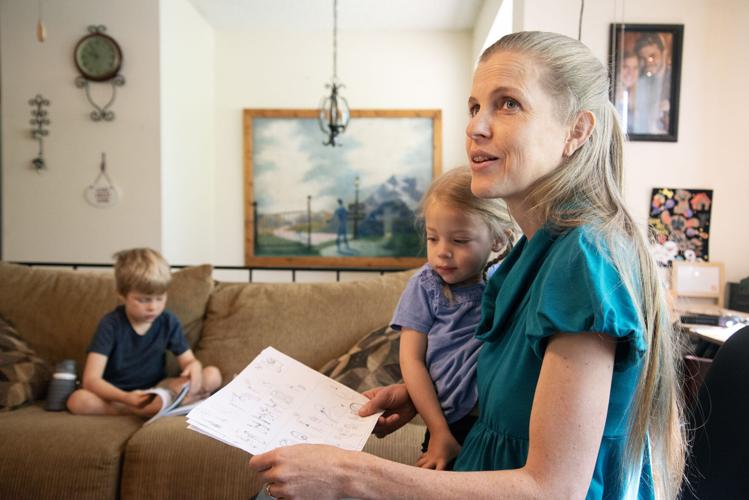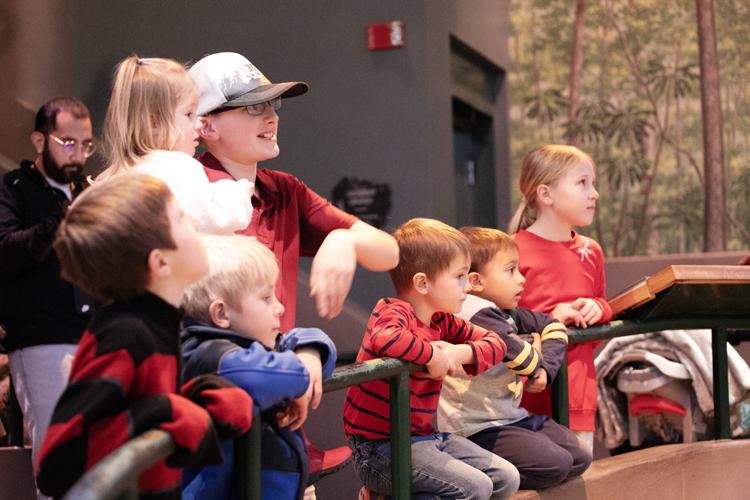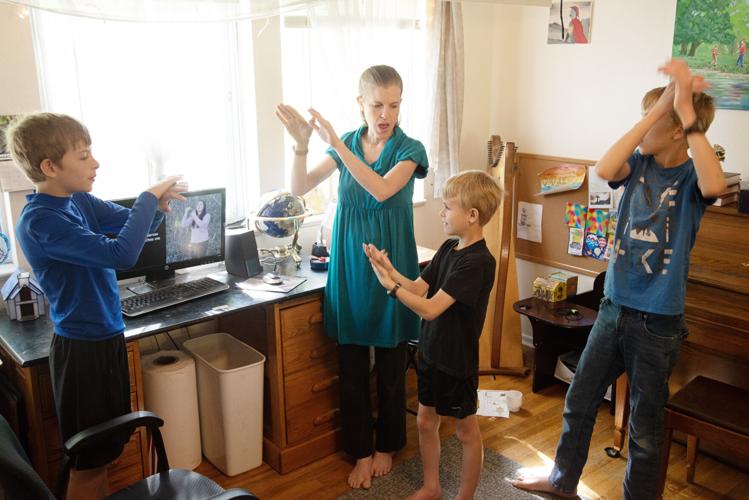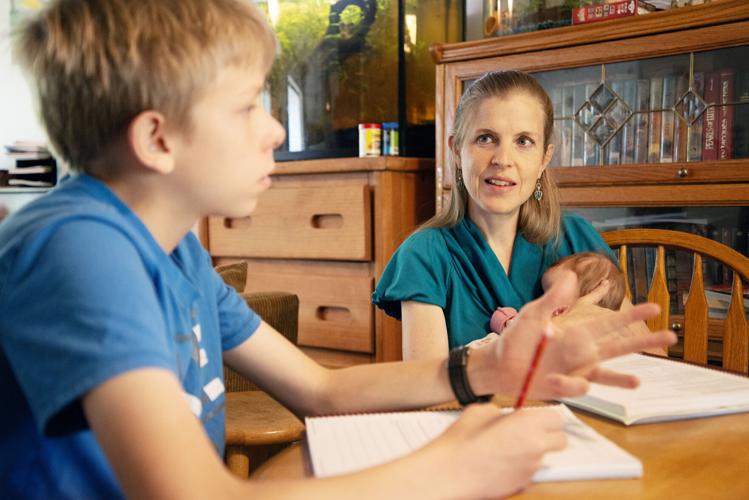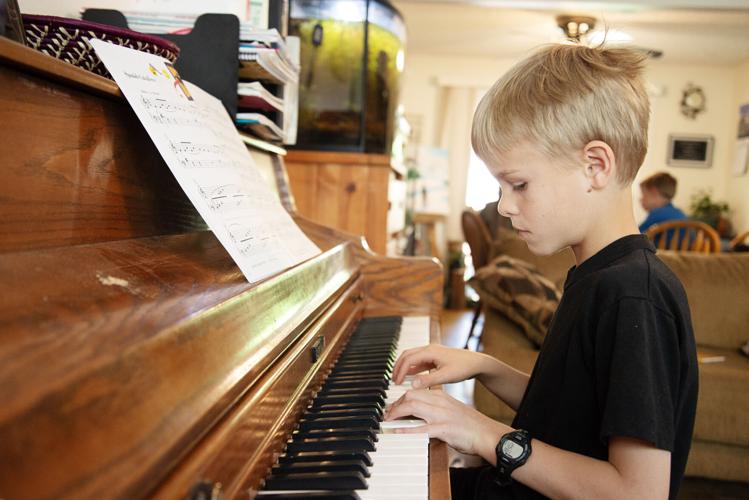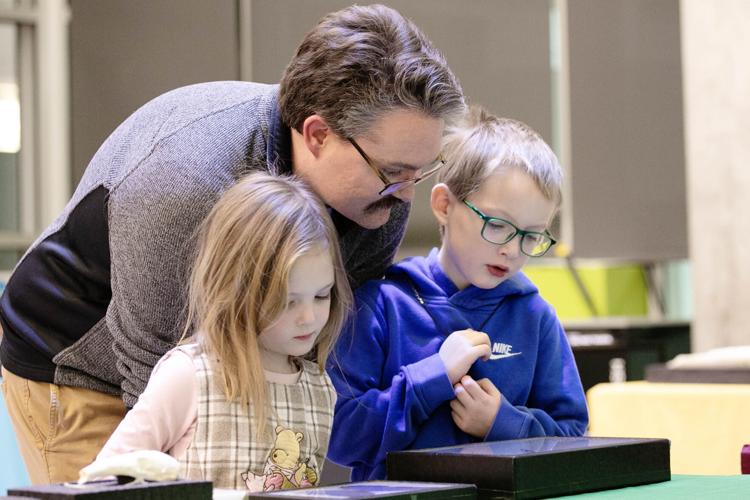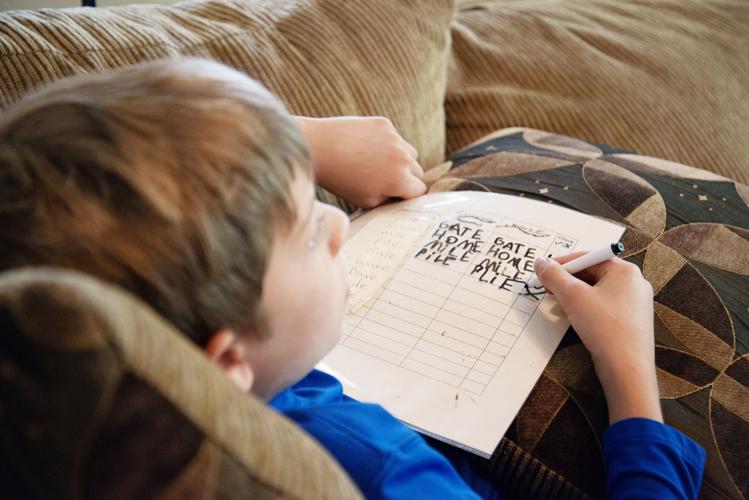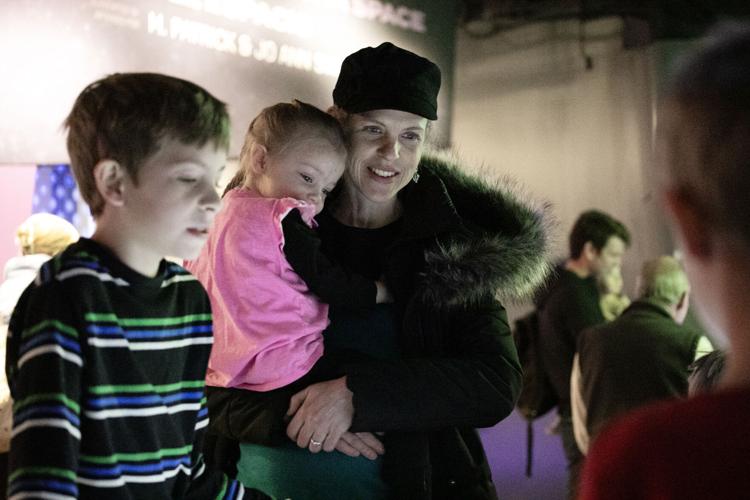Homeschooling grows in Colorado as worries over safety, drugs, bullying overtake religious motives
Homeschooling is on the rise in Colorado, with enrollment growing 51% over the past decade — far outpacing traditional public schools.
While homeschooling once primarily appealed to families looking for curriculum aligned with their religious beliefs, today’s parents are more likely to cite concerns about school safety, bullying and drugs.
Take Cassandra Alvarado, who is homeschooling twins.
“I grew up and was bullied a lot,” Alvarado said. “For us, this was a big reason.”
That — and she wanted her children’s first language to be Spanish, not English.
Since 2009, the amount of children homeschooled in Colorado has risen more than 50%
{
“@context”: “https://schema.org”,
“@type”: “VideoObject”,
“name”: “Homeschooling on the rise in Colorado”,
“description”: “Since 2009, the amount of children homeschooled in Colorado has risen more than 50%”,
“thumbnailUrl”: “https://bloximages.newyork1.vip.townnews.com/denvergazette.com/content/tncms/assets/v3/editorial/6/fb/6fb60e94-9d4b-5c87-9409-ab8be107bfe2/6879deaf2689b.image.jpg”,
“uploadDate”: “2025-07-17T17:35:00-06:00”,
“contentUrl”: “https://cdn.field59.com/GAZETTE/c6a3529816ba7e5912460d2521077f8da4d6fc7d_fl9-360p.mp4”
}
At-home learning surged after officials shut down schools at the height of the COVID-19 pandemic five years ago. Although many students have returned to campus, thousands have not.
In 2020, Colorado’s public schools lost nearly 30,000 students, state data shows. That same year, the number of homeschooled students more than doubled — from 7,880 to 15,773 — marking the largest single spike in at-home learning in at least two decades.
As COVID-19 receded, many students have since returned to campus. But the number of Colorado families homeschooling remains significantly higher than before the pandemic, with more than 3,300 more students learning at home today compared to a decade ago.
“We started this just because we were already home anyway,” said Patrick Garmer.
Garmer recently took his daughters to the Denver Museum of Nature & Science for a “homeschool day,” which offers interactive programs for families looking to supplement their at-home instruction.
‘Just isn’t cutting it’
Homeschooling wasn’t always so accessible.
Homeschooling was still illegal in many states in the early 1980s, including in Colorado. Parents who homeschooled their children risked truancy charges. Curriculum options were limited with little support, leaving families — and students — often feeling isolated.
That changed in 1988, when Colorado passed a law formally legalizing home-based education. Today, homeschooling is permitted in all 50 states.
Under Colorado law, families must provide 172 days of instruction per year in subjects including English, math, history and science. Parents must submit a notice of intent to homeschool and maintain attendance records. Students don’t receive a state-issued diploma but they may pursue a GED.
Colorado law has established basic guardrails for home-based education; districts are not required to approve curricula or check lesson plans.
Today, many families join homeschool co-ops, which offer group classes, field trips, and parent-to-parent support — a far cry from the solitary experience of early homeschool pioneers.
Some critics of the homeschooling movement raise racial arguments against it, claiming it is often most accessible to White, middle-class families — particularly those with a stay-at-home parent and flexible work schedules.
Supporters argue that the movement actually attracts a wide array of people, varied in their demographic, social and ideological moorings. Advocates often cite a study showing that, by 2016, 41% of homeschool students are not White. A U.S. Census survey showed that in households that identify as Black or African American, the portion of homeschooling rose by five times in 2020, the highest among the groups.
But how, and why, families choose to homeschool has changed dramatically over the years.
Traditionally, homeschooling has primarily appealed to families seeking a curriculum aligned with their religious beliefs.
Sixteen years ago, the vast majority of parents, 83%, cited religion as their main reason for homeschooling, according to the National Center for Education Statistics. By 2023, that had fallen to 53%.
Today, the top reason parents cite is concern over the school environment — including safety, drugs and bullying. More than 80% of parents in the most recent national survey pointed to those concerns. Homeschool advocates say learning at home helps students avoid the violence and peer pressure often linked to traditional public schools.
Other parents cite their desire to provide moral instruction, emphasize family life together and point to dissatisfaction with academic instruction at schools.
Academic outcomes are also a factor.
Some parents say their children were not thriving in traditional classrooms and believe homeschooling offers a more tailored and effective education.
“I think a big part of it, at least what I’m hearing, is that public school just isn’t cutting it,” said Crystal Haman, a Denver mother who is homeschooling her children.
‘The beauty of homeschooling’
Academic achievement data has worried educators for years.
Even before the pandemic, urban school districts like Denver Public Schools had struggled to close the achievement gap between Black and Brown students and their White counterparts.
The modest gains in math and English since students returned to the classroom demonstrates the daunting task for school leaders attempting to overcome the learning losses during the pandemic, when they shut down schools and shifted to virtual learning.
Fewer than one-in-three DPS students met or exceeded expectations in math. Students performed better in English, with about 41% hitting grade-level benchmarks.
Homeschooling allows flexibility to address individual student needs, something teachers have long said is a challenge with today’s classrooms.
“The beauty of homeschooling is you can modify based on the student,” said Stacie Graver, who is homeschooling her children.
While homeschoolers account for just a fraction of Colorado’s students, more parents are electing to educate their children at home.
With state funding tied to enrollment, even modest shifts toward homeschooling can cost districts thousands of dollars per student. Some advocates of homeschooling say that’s money that taxpayers don’t have to spend.
Each fall, the state captures an annual snapshot of student enrollment — known as the “October count” — which determines funding levels. In Colorado, dollars follow students.
That makes enrollment trends especially important — and in many districts, those numbers are moving in the wrong direction.
Over the past several years, several districts, including DPS, have seen a decline in student numbers, compounding financial pressures already facing urban school systems. In November, DPS closed seven schools to save about $6 million annually.
As traditional school enrollment shrinks, more families are turning to homeschooling.
Across Colorado, about 9,800 students are being homeschooled, up from 6,500 in 2009, a 51% spike.
By comparison, public school enrollment statewide since has grown by about 6%.
The gap is even more dramatic in Denver.
‘Longer term impacts’
DPS enrollment has climbed 17% since 2009, while the number of homeschoolers in the district has more than doubled — rising from 188 to 413 students, a 120% increase, state data shows.
That jump puts DPS among the top three Colorado districts for homeschool growth in raw numbers. Only St. Vrain Valley and Adams-Arapahoe have seen their homeschooling roster grow more.
DPS began tracking the reasons students left last year, spokesperson Scott Pribble said in an email.
But the district, he said, has not made efforts to re-engage families who have elected to homeschool.
“DPS is concerned about all of the reasons that our enrollment is declining,” Pribble said. “That being said, the district is more concerned with enrollment declines that are coming from lower birthrates and the cost of housing in the city. Those declines are much larger and have longer term impacts.”
Homeschooling has accounted for about 2% of transfers out of the district since the 2022 school year, according to DPS data.
The lion’s share, roughly 47%, of transfers are to other Colorado districts.
Given homeschooling is unevenly tracked across the U.S., it’s unclear whether the growth in those educated at home in Colorado mirrors other states.
Nationally, about 3% of students are homeschooled. It’s about 1% in Colorado.
Homeschool advocates say that after enrollment leveled off following the COVID-19 spike, they’re now seeing signs of renewed growth.
“I don’t think it’s unique to Colorado in terms of the massive increase in homeschooling in the COVID era,” said Kevin Boden, senior counsel for the Home School Legal Defense Association, a Virginia-based nonprofit founded in 1983 to support the movement.





